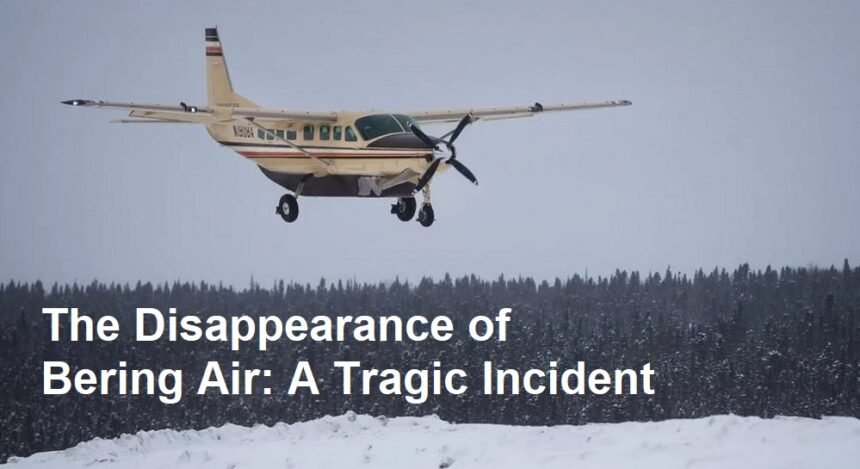On a recent, fateful day, Bering Air experienced a tragic incident that has garnered significant attention. Approximately 38 minutes after takeoff, the aircraft vanished from radar, leading to a substantial search and rescue operation. This unfortunate event has raised concerns regarding airline safety and the challenges faced in remote areas.
Bering Air, known for its operations in Alaska, provides essential connectivity to remote communities. The aircraft that disappeared was en route from a small Alaskan village to a larger town, a journey that is typically routine for the airline. However, the sudden loss of contact with the plane has left families, officials, and aviation experts seeking answers.
The last known coordinates of the aircraft were identified, marking the point at which communication was severed. Search efforts have been initiated in an area characterized by its rugged terrain and unpredictable weather patterns, making the situation all the more complex. This has prompted a mobilization of various agencies, including the Coast Guard and local authorities, who are working diligently to locate the aircraft and its passengers.
A significant challenge during such search operations lies in the geographic and climatic conditions of Alaska. The region is known for its vast wilderness, which can render search efforts difficult and time-consuming. The harsh weather can obscure visibility, further complicating the operations. As time passes, concerns over the well-being of those on board grow, adding to the urgency of the search.
The aviation community has expressed its deep concern regarding this incident, highlighting the importance of maintenance and operational safety in such remote flights. Regular assessments and adherence to safety protocols are crucial in ensuring the reliability of air travel in challenging environments. This incident serves as a stark reminder of the risks faced by pilots and passengers in remote regions, where the margin for error is significantly reduced.
In light of this situation, it is imperative that lessons be learned to prevent similar occurrences in the future. Continuous training for pilots and crew, as well as advancements in technology that improve tracking and communication, can be vital in enhancing safety standards. Furthermore, the role of regulatory bodies in enforcing stringent safety measures cannot be overstated, as their oversight is essential in maintaining high operational standards in the aviation sector.
As search efforts persist, the families of passengers and crew remain in a state of anxiety, clinging to hope for positive news. The psychological impact of such incidents can be profound, as uncertainty looms over their loved ones’ fate. Community support and communication are indispensable during such trying times, helping to provide solace to those affected.
In conclusion, the disappearance of Bering Air highlights the inherent risks of aviation, particularly in remote areas like Alaska. The last coordinates of the plane mark not only a geographical point but also a symbol of the deep concern and urgency surrounding this incident. As stakeholders in aviation come together to navigate this crisis, it is essential to prioritize safety and implement measures that can prevent future tragedies. The forthcoming days will be critical in determining the outcome of this search and the response measures th













